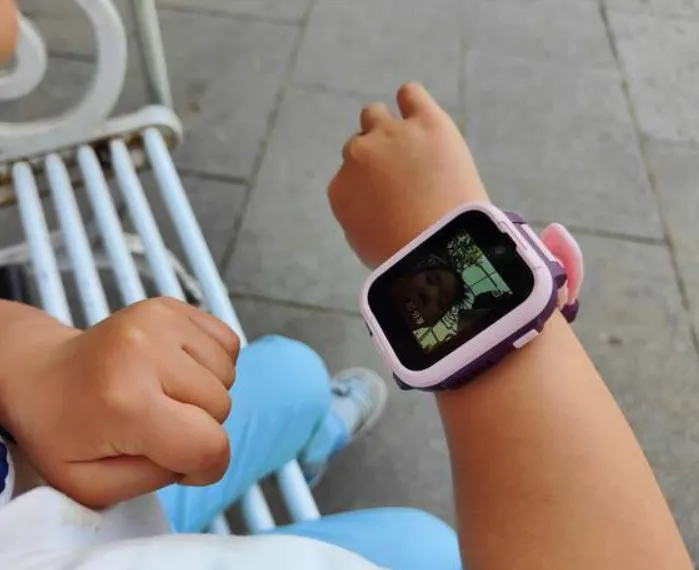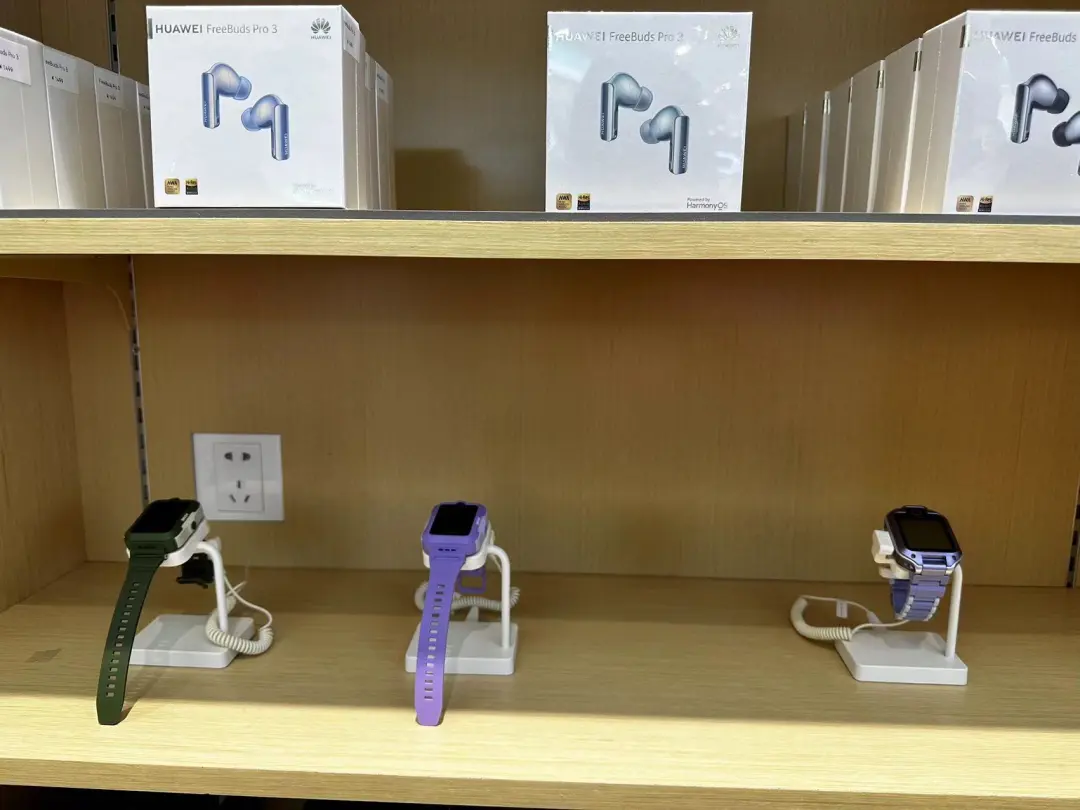In recent years, children’s smartwatches have become popular among parents and children. However, due to the unique characteristics of child users, the underlying concerns have also attracted widespread attention. Recently, the “Guidelines for the Protection of Personal Information and Rights of Children’s Smartwatches” formulated by the China Cybersecurity Industry Alliance have officially come into effect. This non-mandatory “Guideline” aims to provide a new solution to issues such as personal information protection and preventing inducement consumption caused by children’s smartwatches.

Concerns Behind the Intelligence
Nearly 20% of consumers have experienced information leakage
In recent years,
with the enhancement of functions in children’s smartwatches,
issues such as inducement consumption and invasion of personal privacy have become increasingly prominent.
Liu Xing, an engineer at the Cybersecurity Center of the China Electronics Standardization Institute, told reporters that in order to cut costs, some manufacturers have chosen low-version operating systems that have not undergone security hardening, resulting in apps on the watches being able to access sensitive permissions such as location, phone numbers, microphone, and camera without user authorization, posing great risks to children. Among them, cheap and unbranded children’s smartwatches are the most affected.
Ms. You from Beijing told reporters, “I sometimes find my child chatting with kids whose names I don’t recognize. It’s possible that some people are using children’s smartwatches to randomly add minors for chatting.” Ms. You believes that features like ‘tap to connect’ or ‘add friends’ require parental vigilance, as children lack discernment and can easily be deceived.
Jiangsu Province’s Consumer Rights Protection Committee once released a consumer survey report on children’s smartwatches, which showed that17.11% of consumers reported experiencing personal information leakage from children’s smartwatches, and 32.89% of consumers expressed a desire for measures to be taken to further enhance the information security of children’s smartwatches.
Information Protection Has a Handle
The Guidelines Provide Solutions
“In the face of problems, promoting the industry to get back on track requires the establishment of a standard with actionable measures.” One of the drafters of the Guidelines, He Yanzhe, deputy director of the Testing Laboratory at the Cybersecurity Center of the China Electronics Standardization Institute, told reporters: “Based on the assessment of various children’s smartwatches on the market, the Guidelines consolidate the well-performing features into a collection, then articulate them in standardized language, turning them into a common reference for everyone.”
According to reports, the Guidelines incorporate feedback from the newly issued “Regulations on the Protection of Minors Online” and the “Guidelines for the Construction of Minor Modes in Mobile Internet,”setting up targeted chapters on children’s personal information security, guardian control, and online content safety for children’s smartwatches. At the same time,it emphasizes the management of children’s smartwatches by guardians, and establishes a dedicated chapter on “guardian control,” detailing requirements for application installation control, function control, time control, and social control, aiming to provide manufacturers of children’s smartwatches with comprehensive, clear, and understandable guidelines for easier implementation.
The Guidelines stipulate that children’s smartwatches involving information interaction and information release functions should provide features and channels for children and their guardians to save records of online bullying and exercise notification rights; if the number of child users exceeds 100,000, a dedicated channel (or sub-channel) for reporting online bullying should be established; a one-click bullying protection feature should be set up to mark accounts suspected of participating in online bullying and include them in classified management.
The Strictest Standards Regulate Product Production
Check for the 3C Mark on Electronic Products When Purchasing
Reporters at the Huawei store in Xinjiekou, Beijing, found that children’s smartwatches occupied a prominent position, with prices ranging from hundreds to thousands of yuan.

Children’s watches in the specialty store. Photo by Wu Xiaoli
“Nowadays, children’s watches come with more and more features, and children also like to compare, often asking parents to replace them with more expensive or feature-rich watches.” Ms. You said, “Children’s smartwatches help kids establish social circles, but they can also be easily assimilated by these circles and influenced by the public.”
Industry insiders point out that parents’ core needs are positioning and communication, while other features are auxiliary. To address parents’ pain points, manufacturers must adhere to the strictest standards to regulate their product lines. At the same time, to meet the legal protection of minors and ensure that guardians can use them with peace of mind, leading manufacturers of children’s smartwatches should strive to adopt the same standards and models. Currently, it is recommended that consumers pay attention to whether the products have the electronic 3C mark, network access certificate, model approval, and to be mindful of warranty and exchange policies when purchasing related products.
Source: China Consumer News · China Consumption Network
